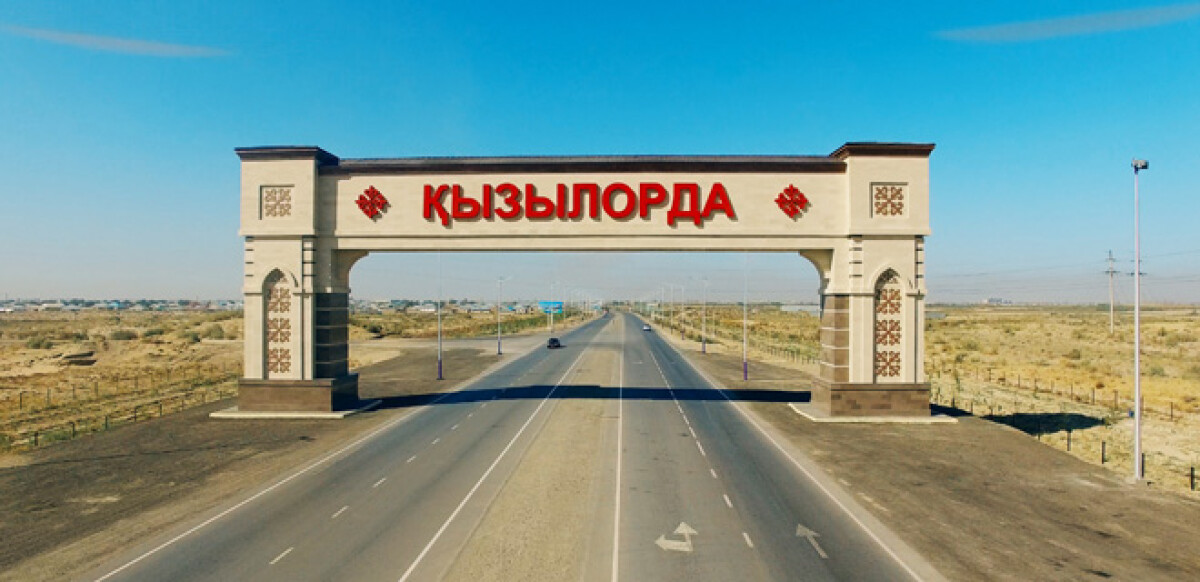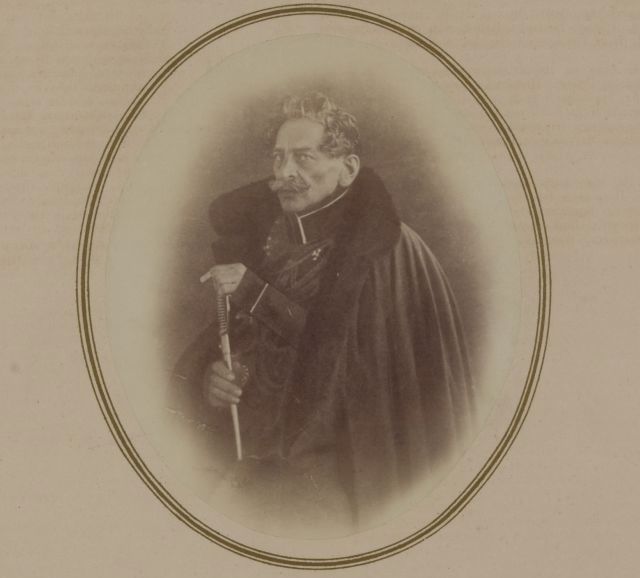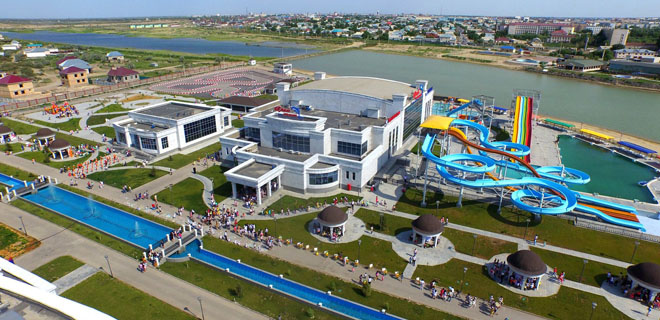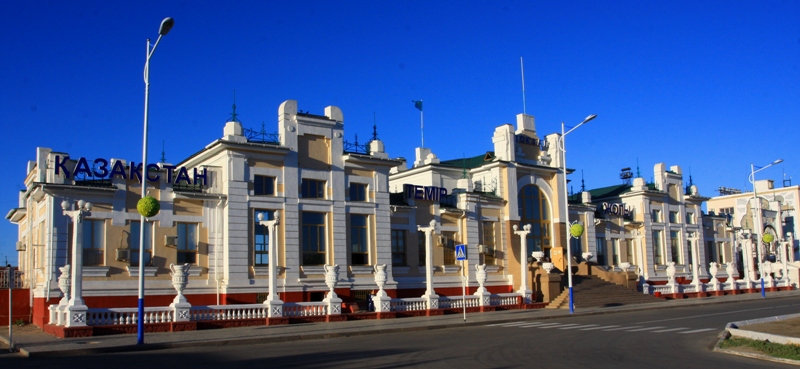
Originally, the fortress was laid by Kokand Khan Omar in 1820 as the north-western outpost of his possessions. Gradually Kokand residents began to oppress the Kazakhs living near the Syrdarya, taxes and other fees from the population increased. Indigenous people were forced to seek protection from neighboring Russia. In 1853 Orenburg Governor-General V.A. Perovsky with his army invaded the city and drove out from there all the Kokand people who defended the fortress led by Yakub-bek. The place was renamed Fort Perovsky.
Fort Perovsky became the center of the Syrdarya Uyezd. In December 1867, the Kokand forces again surrounded the fortress, but the garrison of M.V. Ogarev successfully survived the siege.

The territory of the fortress began to flourish: schools were opened, a brick factory, windmills, commercial shops, workshops began to operate. Soon the building of the station and depot was erected here.
In 1917 there was a castling in the alignment of political forces on the territory of the former Russian Empire - the Provisional Government was replaced by the Council of Workers, Soldiers and Peasants' Deputies.
Not everyone reacted positively to these changes. A. Baytursynov explained this by saying that the first revolution freed the Kazakhs from the tsarist oppression and gave them the hope to govern themselves. The second revolution was incomprehensible, since the Kazakhs did not have capitalism and class differentiation. The October Revolution was terrible with its external manifestations. On the outskirts the Bolshevik movement was accompanied by violence and robbery, often representing not a revolution, but anarchy.
At the end of October 1917, an uprising against the Provisional Government began in Petrograd. The insurgents were able to capture several main points of the capital. A few days later, the new government through the Military Revolutionary Committee announced that the Provisional Government had ceased its powers. Thus, on October 30, 1917, exactly one hundred years ago, the power of the Soviets was established in Perovsk.
The establishment of Soviet power in Central Asia, in such large cities as Tashkent, Omsk, Orenburg, and Astrakhan played an important role in the transition of all power to the Soviets in the territory of Kazakhstan.

There was no solemn procession on this matter. There was silence after the storm. But the struggle of the Soviets to establish their power stretched until the spring of 1918. This was due to the growing problems in the socio-economic and cultural spheres, the increased distance and the cooling of relations between different nations.
Soviet power in the Kazakh steppes was not accepted with open arms - the relations of the local population with the political elite were tense and painful.
Nevertheless, some representatives of the Kazakh intelligentsia and active public figures - A. Dzhangildin, S. Seifullin, S. Mendeshev, P. Vinogradov, T. Bokin, A. Emelev, Rozybakiev, Masanchi and others - genuinely believed and supported the Soviet ideology.
In 1922-1925 the city existed with its original name - Akmechet (white mosque), and the next four years it was the capital of KazASSR with the name of Kyzylorda (the red capital). In the city, cultural life begins to develop rapidly. On the stage of the city theater, M. Auezov's play Enlik-Kebek was staged.
In 1930-1940-ies the number of local residents rapidly increased due to political prisoners convicted for political crimes, deported Poles from Western Ukraine and Byelorussia, Germans, Koreans from Primorye, the peoples of the Crimea and the North Caucasus.

During the Soviet period, oil production was gaining momentum and the development of gas fields was underway. In agriculture, the emphasis was on the development of rice and melons fields.
With the acquisition of independence, the mining industry is developing in Kyzylorda, oil and gas extraction increased. The production of food products is growing; the chemical industry and the manufacture of rubber and plastics are an important part of the city's economic potential.
In Kyzylorda much attention is paid to cultural life. In the city and nearby villages there are 12 Houses of Culture and clubs, 21 libraries and a city park of culture and recreation.
Translated by Raushan MAKHMETZHANOVA

